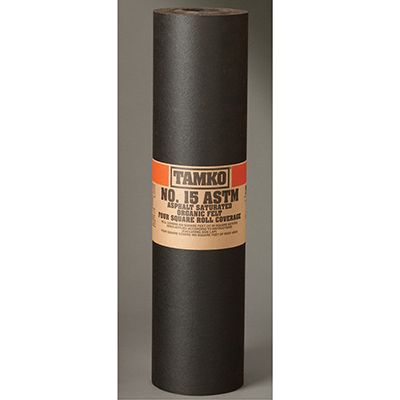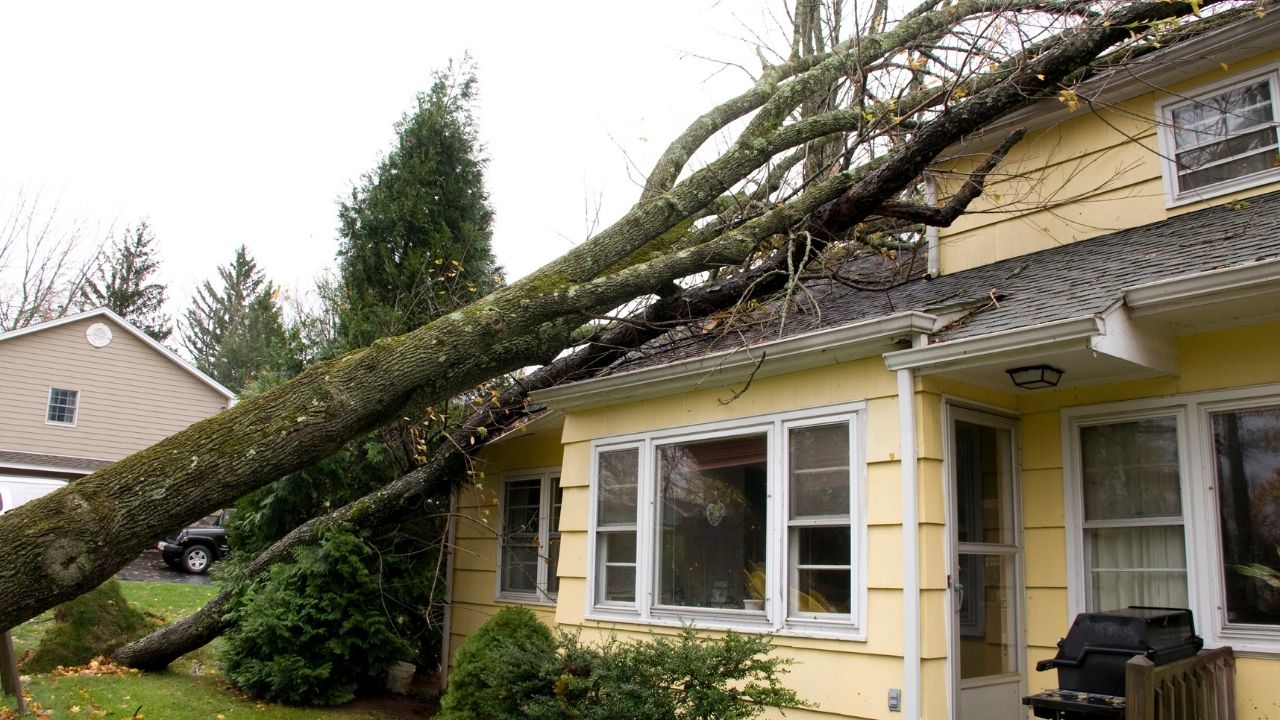
Roofing PVC is the best flat roofing material. It is light and chemically impervious. It is slow to catch up in the roofing business. In the years ahead, it will likely find more uses than just on flat roofs. Here are some tips to maintain your PVC roof. After heavy rain, check for cracks or leaks around the seams and flashing. Contact a roofing specialist if you spot any of these symptoms.
The polyvinyl chloride roofing (PVC), is extremely long-lasting. PVC roofing is fire resistant, unlike other roofing materials. The chlorine element used in PVC's production is what makes it fire-resistant. This makes it very unlikely that a fire will spread through the membrane. PVC roofing, unlike other materials, is very durable and can last many years. The following is a list of what makes a PVC roof great.

Besides its durability, PVC roofing can be easily maintained. Many Sacramento area property owners choose PVC roofing because of its easy installation. It is extremely resistant to UV damage, chemicals, and other harmful substances. It also resists punctures and high winds. It is the best choice for homes that are exposed to extreme weather. PVC roofing can handle any type of roof.
PVC roofing's fire resistance is another benefit. Other roofing materials, such as EPDM, will catch fire when exposed to heat. PVC is not as flammable because of its resistance. Even though its cost is higher than EPDM it's still a good choice for low slope roofs. PVC is a great choice if you are looking for a roof that will last and be easy to maintain.
PVC roofs make a good choice for homes. PVC offers many advantages, including energy efficiency and aesthetic appeal. PVC is durable and can withstand extreme temperatures. PVC won't catch fire in the event that there is a fire. This makes it a good choice to use for roofs with low wind resistance. It's also durable and can be used for years.

PVC roofing might not be for everyone. It is not the right choice for low-slope roofs. It is durable, but it is important to take into account the costs of maintenance. Single-ply PVC roofing is an option for homes with low-sloped roofing. The material is cheap and is available in many colors. This material has the main advantage of being low-maintenance. Because of its durability, you won't have to re-roof your home often.
PVC is a good choice for flat roofing, but it's not the best option for extreme and cold weather. PVC roofs are not weather resistant and might not be suitable for some homes. This is why you shouldn't use it unless absolutely required. Its durability will outlast many other types of roofs. Choose a PVC roof if you have concerns about fire resistance.
FAQ
Do I need permits to renovate my house?
Yes. Permits will be required for any home-improvement project. In most cases, you will need both a plumbing and building permit. A zoning permit is also required depending on the type and extent of work you are performing.
How long does it usually take to renovate your home?
It all depends on how big the project is and how much time you spend each day. An average homeowner will spend three to six hours a week on the project.
How can I avoid getting ripped off when renovating my house?
To avoid being scammed, it is essential to fully understand the terms of your contract. Before signing any contract, read through the fine print carefully. You should also not sign any unsigned contracts. Always ask for copies of signed contracts.
Are you able to live in a renovated house?
Yes, I can live in my house while renovating it.
Can you live in a house and have renovations ongoing? The duration of the construction works will affect the answer. If the renovation process lasts less than 2 months, then yes, you can live in your home while it's under construction. You cannot live in the home while renovations are taking place if they last more than 2 months.
You should not live in your house while there is a major building project underway. This is because you could be injured or even killed by falling objects on the construction site. The heavy machinery and noise pollution at the job site can also cause dust and noise pollution.
This is especially true if you live in a multi-story house. The vibrations and sounds that construction workers create can cause damage to your property and contents.
You will have to live in temporary accommodation while your home renovations are underway. This means that you won't have access to all the amenities that come with your own home.
While your dryer and washing machine are being repaired, you won't be able use them. The workers will make loud banging noises, paint fumes, and chemicals obstruct your ability to use your dryer and washing machine.
All these factors can lead to stress and anxiety among you and your family members. To avoid becoming overwhelmed by these situations, it's important to plan ahead.
Do your research before you begin renovating your home. You can avoid costly mistakes later.
It is also advisable to seek professional assistance from a reputable contractor so that you can ensure that everything goes smoothly.
Statistics
- They'll usually lend up to 90% of your home's "as-completed" value, but no more than $424,100 in most locales or $636,150 in high-cost areas. (kiplinger.com)
- Most lenders will lend you up to 75% or 80% of the appraised value of your home, but some will go higher. (kiplinger.com)
- It is advisable, however, to have a contingency of 10–20 per cent to allow for the unexpected expenses that can arise when renovating older homes. (realhomes.com)
- The average fixed rate for a home-equity loan was recently 5.27%, and the average variable rate for a HELOC was 5.49%, according to Bankrate.com. (kiplinger.com)
- On jumbo loans of more than $636,150, you'll be able to borrow up to 80% of the home's completed value. (kiplinger.com)
External Links
How To
How do I plan for a whole house renovation?
It takes careful planning and research to plan a complete house remodel. Before you even start your project there are many important things that you need to take into consideration. The first thing you need to decide is what kind of home improvement you want to make. You can choose from a variety of categories, such as kitchen or bathroom, bedroom, living space, or living room. Once you know which category you would like to work on, you'll need to figure out how much money you have available to spend on your project. If you are new to working in homes, budget at least $5,000 for each room. If you have more experience, you might be able spend less.
Once you have established how much you are able to afford, you will have to decide on how big a job to do. For example, if you only have enough money for a small kitchen remodel, you won't be able to add a new flooring surface, install a new countertop, or even paint the walls. If you have the money to do a complete kitchen remodel, you will be able to handle almost anything.
Next, find a contractor who is skilled in the type and scope of work you wish to undertake. This way, you'll be guaranteed quality results and you'll save yourself a lot of headaches later on down the road. Once you have found a reliable contractor, it is time to start gathering supplies and materials. You might need to make everything from scratch depending upon the size of your project. However, there are plenty of stores that sell pre-made items so you shouldn't have too much trouble finding everything you need.
After you've gathered all the supplies you need, it's time to begin making plans. You will first need to sketch out an outline of the areas you plan to place appliances and furniture. Next, design the layout of your rooms. Be sure to leave enough room for electric outlets and plumbing. You should also place the most frequently used areas closest to the front door, so visitors have easy access. The final step in your design is to choose colors and finishes. Avoid spending too much on your design by sticking to simple, neutral colors and designs.
Now it's time for you to start building. Before you begin construction, it's important to check your local codes. Some cities require permits. Other cities allow homeowners without permits. To begin construction you will first need to take down all walls and floors. The next step is to lay plywood sheets on your new flooring. Next, nail or screw pieces of wood together to form the frame that will house your cabinets. You will attach doors or windows to the frame.
When you're done, you'll still have a few finishing touches to do. For example, you'll probably want to cover exposed pipes and wires. To do this, you'll use plastic sheeting and tape. It's also a good idea to hang mirrors and photos. You should always keep your work area clean.
These steps will ensure that you have a beautiful and functional home, which will save you tons of money. Now that your house renovation plan is in place, you can get started.